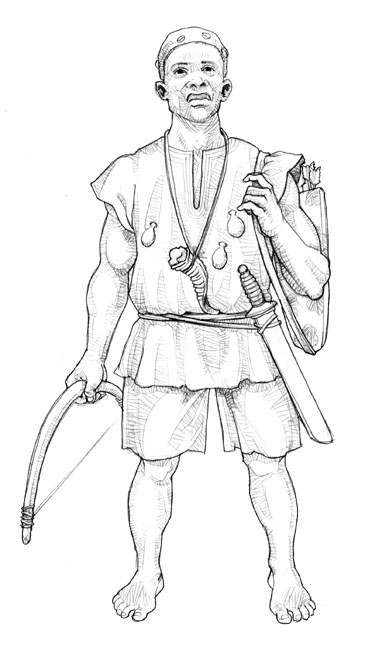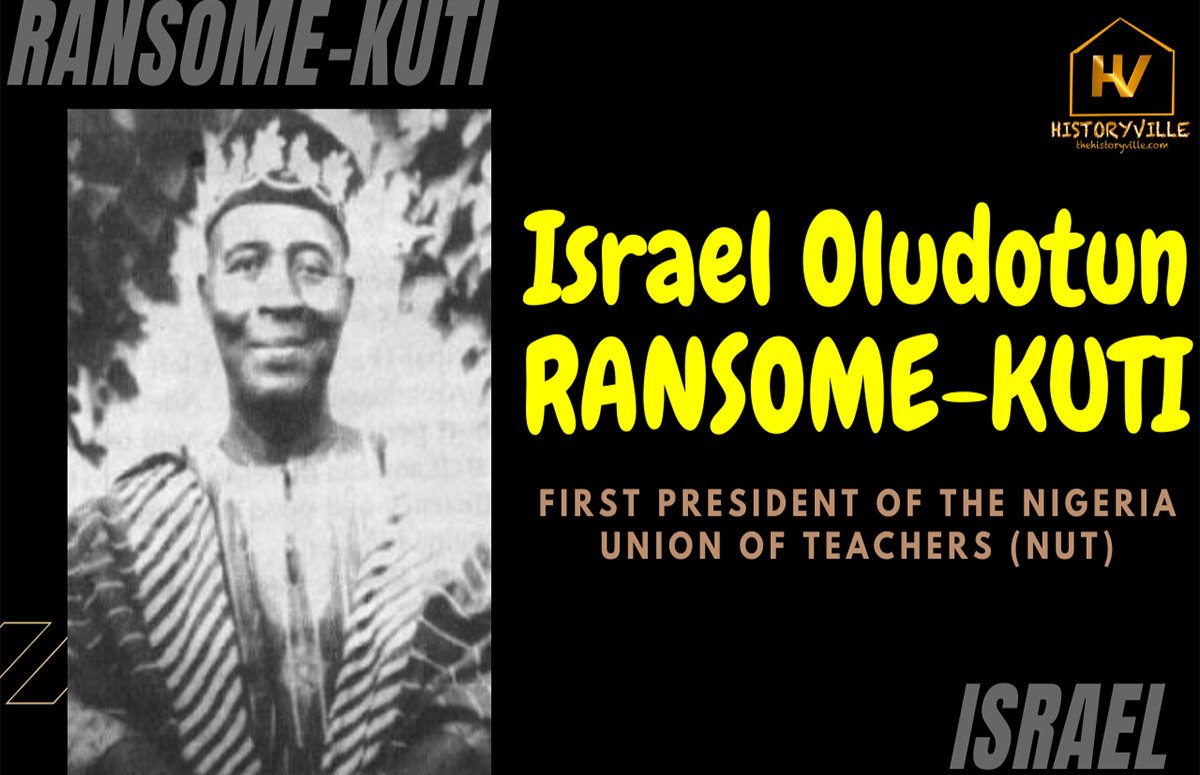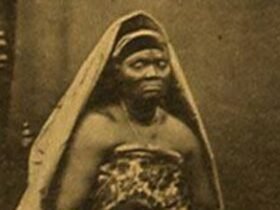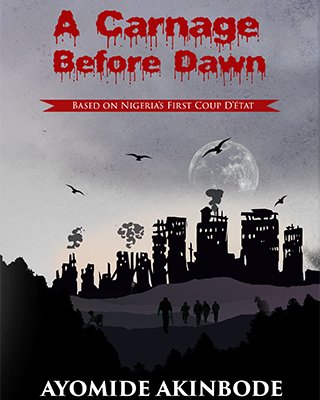No products in the cart.

Abeokuta, the story of the home of the Egba people, started with their liberation from the rulership of the Alaafin of Oyo. The liberation took place around the year 1780, under the leadership of Lisabi, a resident of Igbehin, who was born in Itoku. He organized a movement under the name of Egbe “Aaro” Tradition Mutual Aid Society.
Independence from the Oyo Empire
Lisabi later used the mutual aid assistance to free the Egba by organising the simultaneous killings of the Ajele or the Ilari in all Egba towns, starting from Igbehin. In all, more than 600 of them were wiped out in one day.
The Ilaris were the representatives of the Alaafin and collectors of the tribute paid to the treasury of the Alaafin from all territories under the Oyo Empire.
Contents

These vassals behaved like an Army of Occupation in the places they administered. Their oppressive rules mark them out as instruments of oppression and suppression of the people. It was this dictatorial rule of the Alaafin and the reckless lifestyles of these Ilaris in Egbaland that threw up Lishabi and his colleagues who resolved to bring an end to the evil rule at all costs.
The adoption of the universally popular Aaro system of cooperation by the Egbe Ologun (Arms Bearers Club) was the strategy Lisabi used to plot against the Ilaris in his Igbehin town. All the other Egba towns rose and killed the Ilaris in their midst.

As soon as the news reached metropolitan Oyo, the Balogun wasted no time in dispatching an Army to crush the Rebellion. However, the Egba anticipated the reprisal and had factored it into their plan. The Army of Vengeance was routed and the freedom of the Egbas from the yoke of the Alaafin was sealed.
On the Road to Abeokuta
Forty-nine years later, around 1829, Lamodi of Igbehin, who was also the Balogun of the Egba, living in Maye’s camp in Ibadan, decided that the Egba should find a way of escape from Maye’s bondage. The Egbas had heard about Abeokuta earlier on, in their quest for a place with good security to settle in. They sent Sobookun, the Chief of Ilugun, and others to bring a handful of earth and the result was fruitful.
It should be pertinent to note that the Egba people did not get to Abeokuta at the same time in 1830. The first batch to arrive at Abeokuta consisted of Egba Alake, Oke Ona, and Gbagura, in that order. Later, Olufakun led the Owu to Abeokuta. Lamodi lost his wife in an epic battle while trying to prevent his first son, Osota, from being captured by Maye’s army, who were pursuing the Egba. But before he died, he handed over the mantle of leadership to Sodeke, the Seriki of the Egba.

Discovering the Olumo Rock
It was Sodeke, who led the Egba Alake into Abeokuta. Balogun Olunloye led Egba Oke-Ona while Oluwole Agbo led the Gbagura to Abeokuta.
It was revealed that an Iloko chief named Idowu Liperu had earlier been living in the settlement. He had crossed the Ogun River and settled on farmland, where three hunters, namely Jibulu, Ose and Olunle joined him. Unlike Liperu who erected a house with the assistance of the then Olubara Lafa, the three hunters lodged in caves under the Olumo Rock. It was them who told the Egba delegates, who came to take soil samples, about the Rock.

Later, a farmer named Adagba and others moved to Olumo to join Liperu and the three hunters, who had settled there. Adagba was a brave man, who had his farmland located very close to the Olumo. The settlement was called “Oko Adagba (Adagba’s farm),” the other name for Abeokuta.
The Meaning of Abeokuta
Olumo means built by the Lord. However, historians maintained that the meaning of Olumo is “Oluwa fimo” meaning God put an end to our hostility against our enemies and their sufferings.
Abeokuta is also known as “Abe Olumo”. Abeokuta means “Under the rock.”
Between 1830 and the turn of the century, the settlers in Abeokuta were forced to fight several wars mostly for the survival of the emerging settlement. How some of these wars were fought and won, especially against King Ghezo of Dahomey, has been discussed in the video below.
We always have more stories to tell, so make sure you are subscribed to our YouTube Channel and have pressed the bell button for interesting historical videos. Do follow us on all our social media handles and share this article with your friends as well.
You can also get A Carnage Before Dawn, a historical account of Nigeria’s first coup d’état. E-book here. Paperback here. And on Amazon Kindle and Amazon Paperback.
Leave a Reply
You must be logged in to post a comment.








Leave a Reply
View Comments